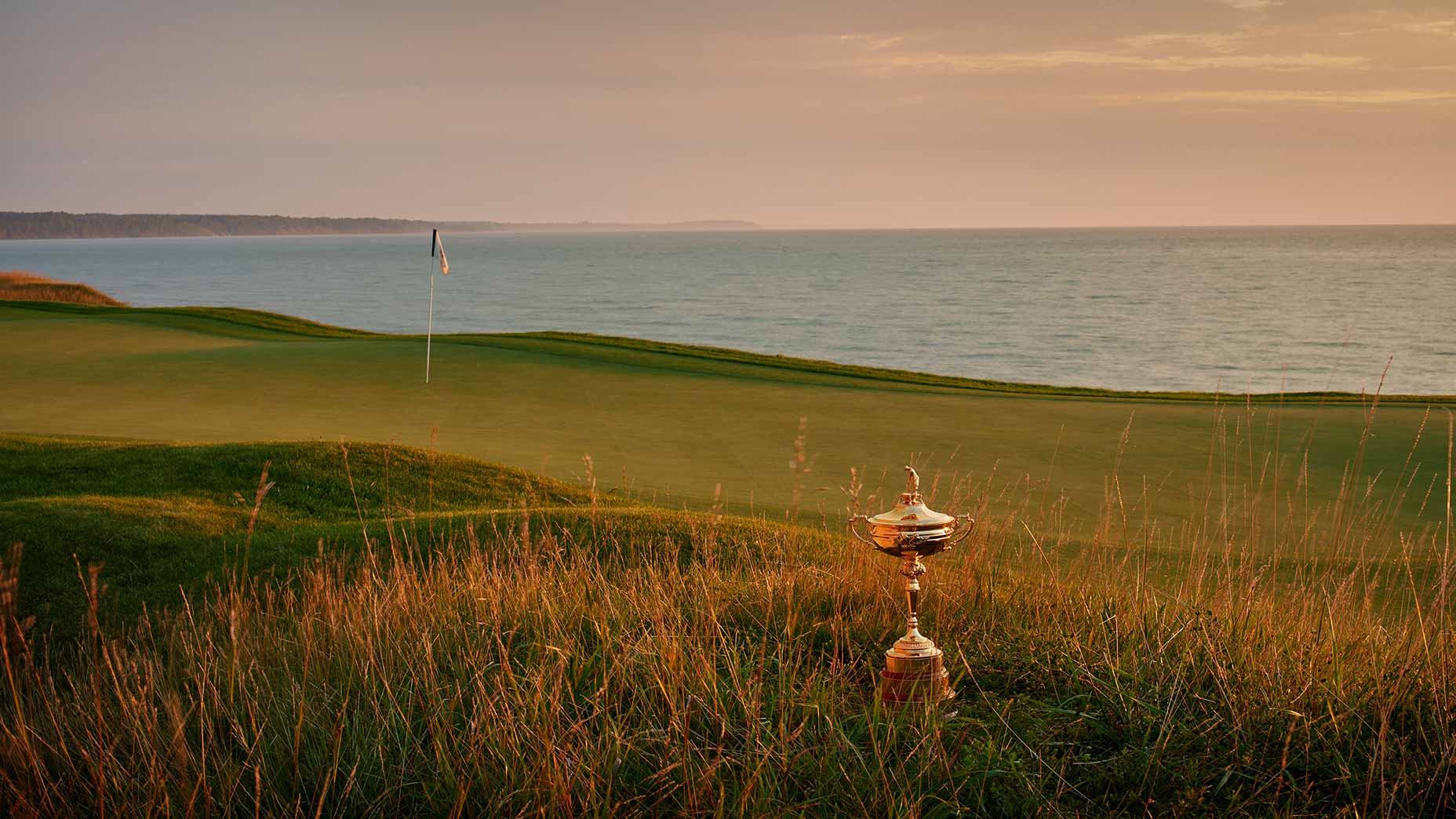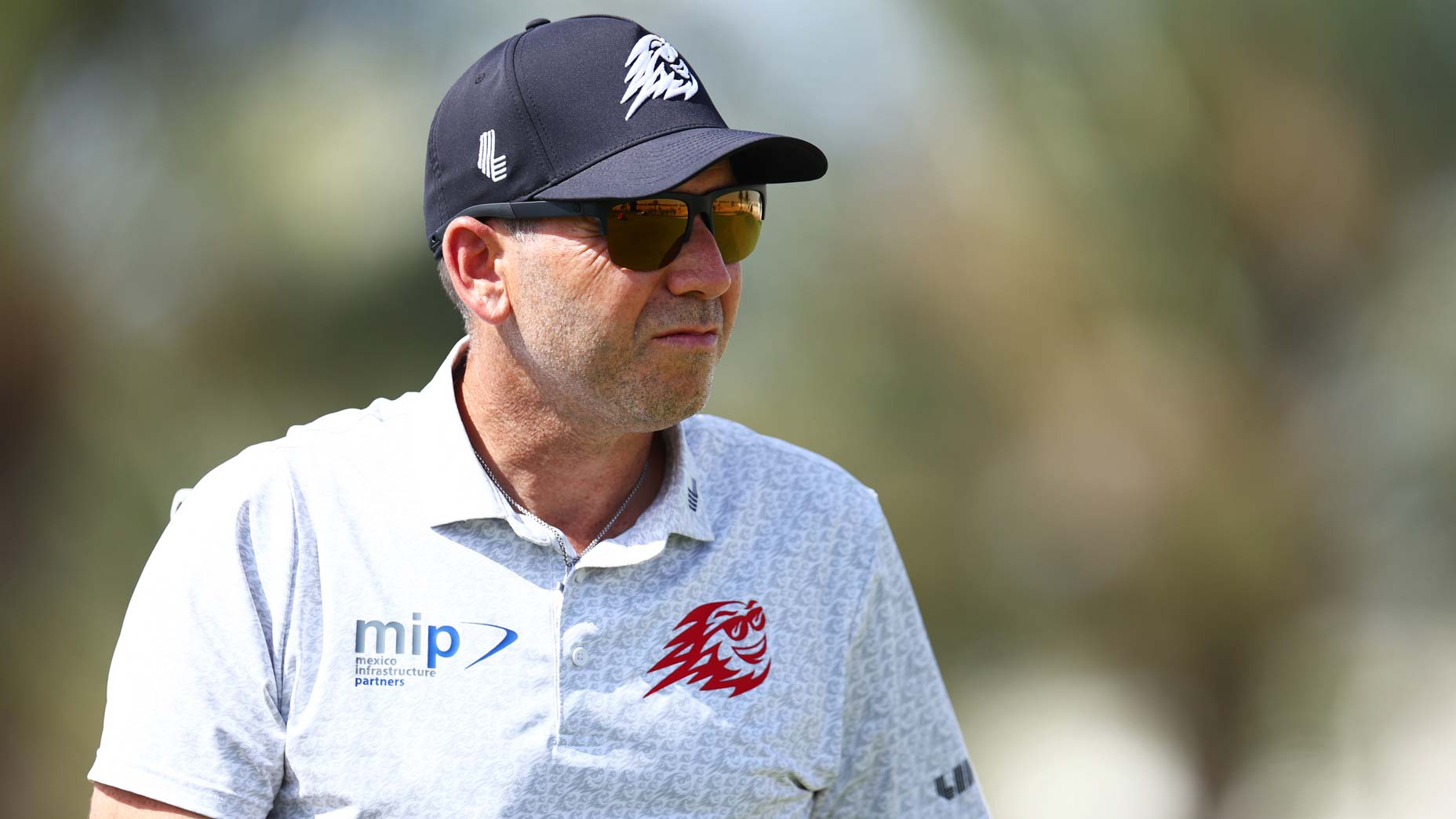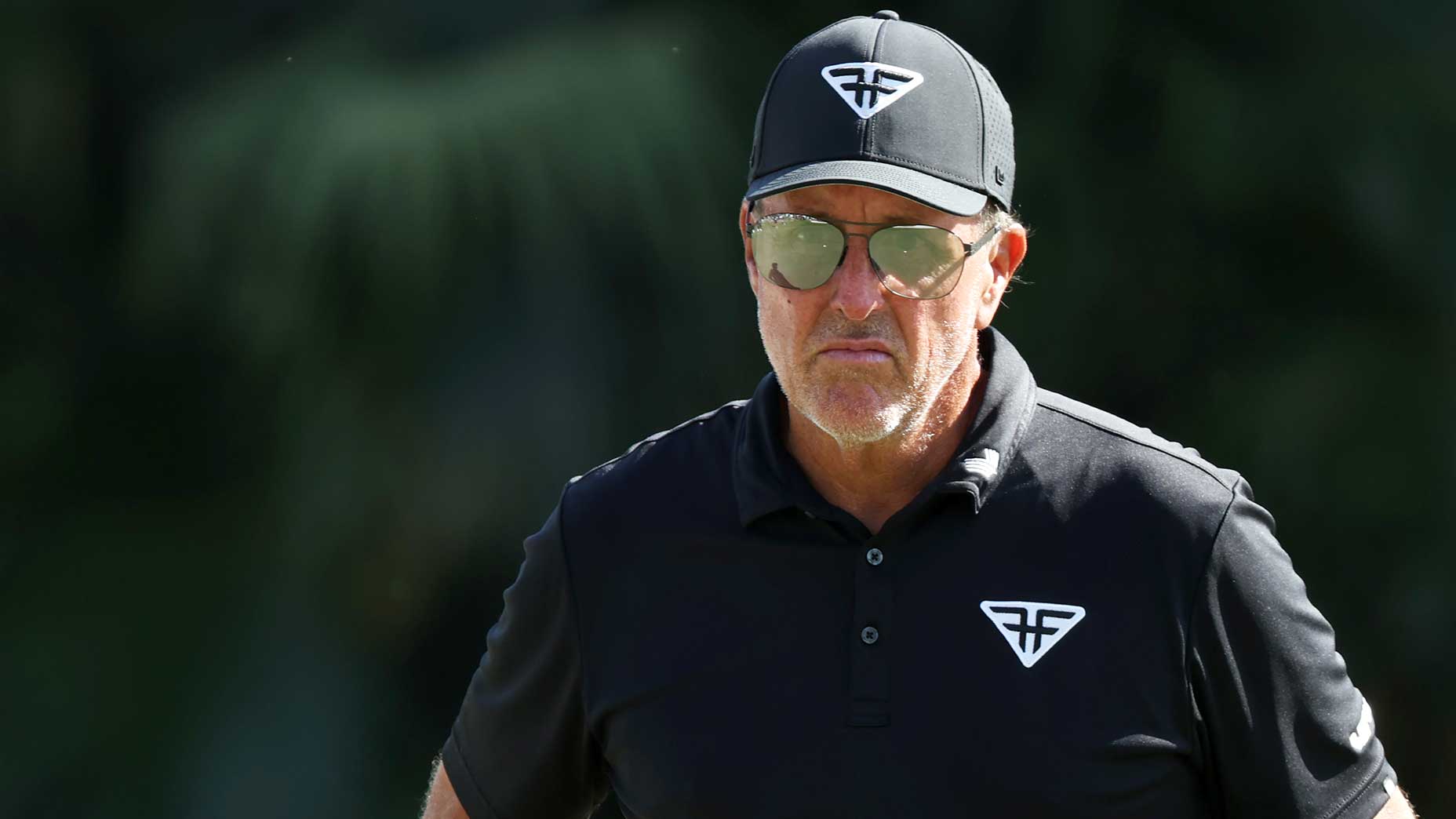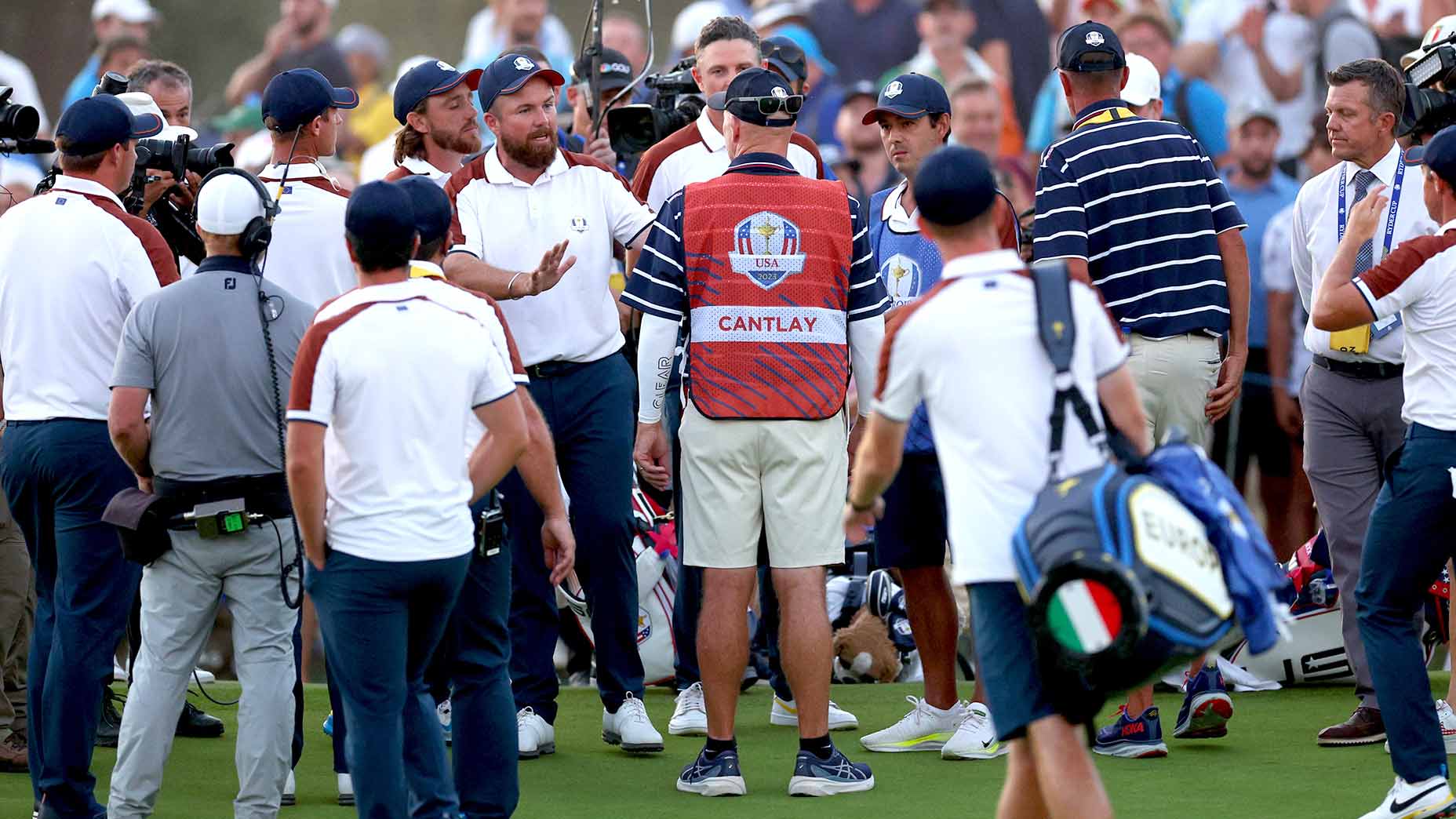Ryder Cup 101: What it is, how it works, and how it’s scored, explained

The action returns to Whistling Straits for this year's Ryder Cup.
Getty Images
The temperatures are cooling, the days are shortening, and the layering is … layering. That can only mean one thing: it’s officially Ryder Cup season!!!
The biennial matchplay event returns for the first time in three years this weekend (after a Covid-prolonged delay) to Whistling Straits in Sheboygan, Wis., and golf fans are particularly fired up. Below, find everything you need to know to watch the event this weekend, from what it is to how it all works (and the rules of the various playing formats). But first thing’s first…
Pick a side!
If you’re going to tune into the Ryder Cup, the first and most important thing you can do is to lock in your squad: either Team U.S. or Team Europe. The Americans are traditionally the betting favorites and feature many of the current World Top 10 (including Collin Morikawa, Xander Schauffele and Patrick Cantlay, among others). The Europeans are a tight-knit group of wily vets, starring long-time Ryder Cuppers Lee Westwood and Ian Poulter, and led by current World No. 1 Jon Rahm.
What is the Ryder Cup?
The Ryder Cup is a match play-style tournament hosted every two years pitting a team of the best golfers in the United States against a team of the best golfers in Europe. The tournament is 28 matches long, broken out into three formats (foursomes, four-ball and singles) across five sessions (Friday morning and afternoon, Saturday morning and afternoon, and Sunday afternoon). That’s a lot of numbers, but the main math is simple. Each of the 28 matches is worth one point (in the situation of a tie, each side takes a half-point), and the first team to 14 1/2 points wins the cup.
How is the Ryder Cup contested?
It’s match play golf, meaning that each golfer is competing in a match against a single opponent, rather than competing against the field (as is typically the case). Another key feature of match play: par is irrelevant. The only thing that matters is how you score relative to your opponent. Make a 7 when your opponent makes an 8? You win the hole! Make a 3 when your opponent makes a 2? You lose the hole!
How do each of the match play formats work?
Foursomes, or “alternate shot”
In this format, two players for the United States match up against two players from team Europe. Each team plays one ball, alternating shots between the two players until the ball has been holed. If scores are tied, the hole is halved (so no carryovers!).
In each foursomes “session,” four matches will be contested.
Four-ball
Another two-on-two format, but in this instance, there are four balls in play on every hole (hence the name). Each player plays their own ball into the hole, and the player with the lowest score of the group wins the hole for his team. If scores are tied, the hole is halved.
In each four-ball “session,” four matches will be contested.
Singles
A good, old-fashioned one-on-one. The player with the lowest score on each hole wins the hole. All twelve players in each team participate in this session, with either captain blindly picking the order of players.
What else should I know?
You can watch every second of Ryder Cup action this week across Peacock, Golf Channel and NBC. The fun begins on Friday morning, and continues through to Sunday evening.











